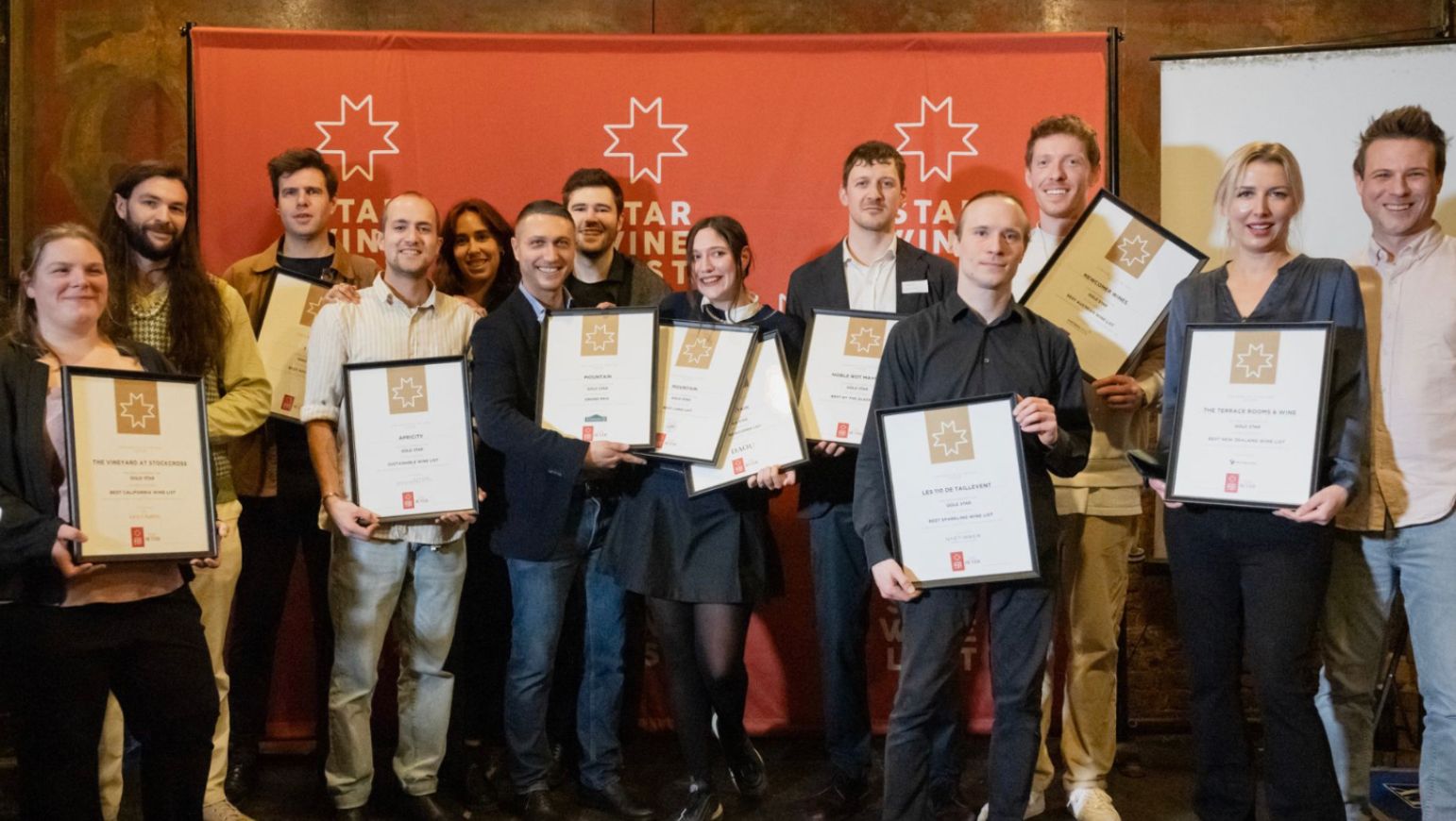Andrew Shaw, Bibendum’s buying director, and his do’s and don’ts for producers looking to gain distribution with a UK drinks supplier.
Wine producers looking to make a name for themselves in the UK on-trade need to do a lot more than simply make quality wine. They need to know how to sell themselves, tell a story, and make their wines a must have for UK wine buyers, be they a wine supplier or a customer in a restaurant.
That was the key message from Bibendum’s buying director, Andrew Shaw, at last month’s Wines Unearthed Road Map to Export inaugural conference at the London Wine Fair, designed to help producers looking to distribute wine to the UK for the first time.
Shaw was there to share his advice and experience not only as Bibendum’s head of buying, but from a career that has seen him do a similar role on the multiple retailer side of the fence atWaitrose.
He said his role, and that of his team, is to “bring life” to the on-trade wine category. “We need your help to do so,” he urged the delegates.
Shaw said Bibendum could be proud of trying to promote emerging and different wine styles to the UK. Its “pioneering” approach to buying was set up to “push boundaries” and not just “ look for volume products”.
Being Bibendum that also means doing things on a grand scale. In the last year the Bibendum Wine part of the business sold some 3.2 million 9 litre cases of wines from 17 different countries. So if you have the right wines, at the right price, there is plenty of opportunity.
Walking in a buyer’s shoes
He also gave the producers an insight in to the kind of challenges a wine buyer from a national distributor like Bibendum has when taking on a new producer. To be even considered you need to be able to answer all the following questions:
- what part of the UK on-trade do you want to sell your wine in?
- what does “good” look like for you in terms of your sales.
- do you completely understand the on-trade channel you are looking to operate in?
- do you have a business plan?
- have you fully researched the importer or distributor you are gong to work with?
- do you understand their priorities, their strategy, and why your wine may or may not be relevant to them.
- have you carried out a credit or liquidity check on them to ensure they can pay you for any wine they sell?
That all might sound like common sense, but they are questions a lot of wine producers don’t get anywhere near asking themselves.
Key steps to take
Shaw also urged producers to take the following key steps in each of the export markets they are looking to work in or order to maximise their sales opportunity.
- prioritise what is important for you in each market.
- what is your five year game plan for each country or market you are in.
- liaise with your relevant generic or trade body to see what sort of support they can provide.
- look at your competitive set. Who are you going to be competing with, not just from your own country, but at that price point, or style of wine.
- talk to other wineries in your country about their experiences of supplying wine to that market.
- benchmark yourself against similar wineries all over the world.
- make sure your internal procedures allow you to be as flexible as possible when it comes to bottling, labelling and moving wines from A to B.
Support and marketing
Shaw also stressed it was important for producers to look well beyond the stage of delivering wine in to market. The hard work then comes in how you then make that wine come alive not just with the distributor, but to their customers. He called on them to:
- understand the local media and how you are going to engage with key journalists and influencers in those markets.
- make sure you have a record of all the best tasting reviews for your wines.
- what sort of sales support are you going to be able to give your importer and their team. It is vital you are as close as you can be with the individual regional sales teams ultimately responsible for selling your wine.
- what sort of additional support can you give to help with tastings, and other marketing opportunities.
What not to do
He was also able to share the big no’s when it comes to trying to find a trade partner. A list every producer should print out and put on the company wall.
- don’t ever send unsolicited samples to a buyer. That it the biggest fault of them all.
- don’t send out a blanket email asking if a company might be interested in your wine.
- turn up unannouncedas you thought the buyer might have time to see you.
- put forward unrealistic pricing expectations.
But above all you have to know how to sell yourself, said Shaw.
“What is the one thing you are known for? What is your five minute sales pitch?”








































